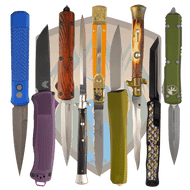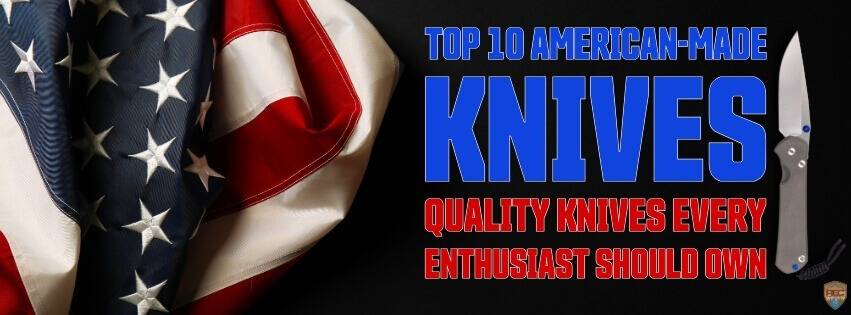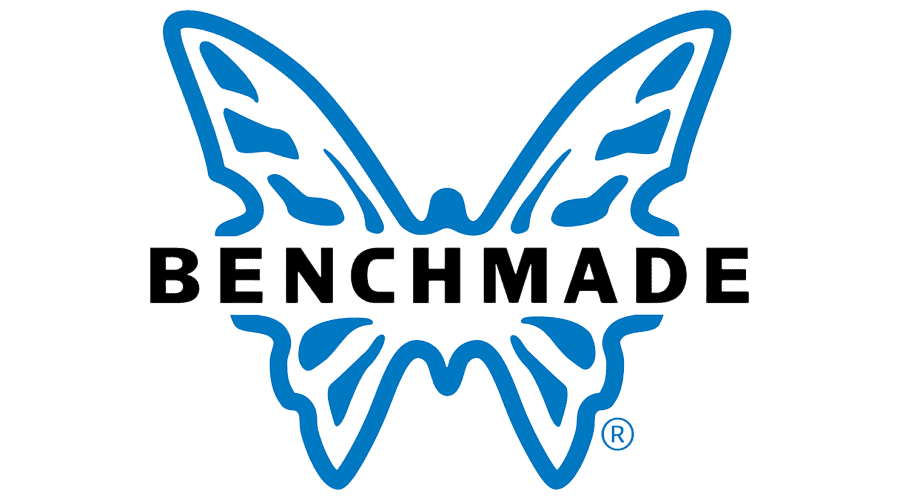Switchblades
Posted by REC on 26th Feb 2025
Switchblade Knives, Automatic Knives, and Spring Knives
Switchblade Propaganda
For decades, switchblades were a common everyday carry item, with little controversy surrounding their use. However, the 1950s ushered in a dramatic shift in public perception and legal status for these automatic knives.
The year 1950 marked a turning point when the widely-read American publication, Women's Home Companion, published a provocative article that would change everything. The piece, dramatically titled "The Toy That Kills," pointed fingers at switchblades as the primary cause of the era's escalating crime rates. Jack Harrison Pollack, the article's author, didn't mince words. He drew a stark comparison between these automatic knives and firearms, asserting that switchblades were just as hazardous as handguns. Pollack went further, claiming that these knives were intentionally created for violent purposes and had become the weapon of choice for gang members. This sensationalist portrayal in a respected daily newspaper was just the beginning. Following Pollack's article, the tabloid press latched onto the narrative, further solidifying the association between switchblades, violent crime, and young male delinquents in the public consciousness.
The media frenzy had real-world consequences. In 1954, Democratic Representative James Delaney took action, introducing the first bill to Congress aimed at banning the manufacturing and sale of switchblade knives. This legislative move marked the beginning of a global trend towards restricting automatic knives. The impact was significant and far-reaching. Delaney's bill kicked off a surge of legal restrictions worldwide, creating a consistent decline in the popularity and availability of automatic knives. What was once a common everyday item had become, in just a few short years, a symbol of juvenile delinquency and a target for lawmakers. This rapid shift in public opinion and legal status of switchblades serves as a compelling example of how media portrayal and subsequent legislation can dramatically alter the fate of an everyday object.
Federal Automatic Knives Laws
The Federal Switchblade Act of 1958 marked a significant milestone in the regulation of automatic knives in the United States. This legislation, enacted amid growing concerns about knife-related violence, imposed specific restrictions on switchblades at the federal level.
Key provisions of the Act include:
- Manufacturing: The law prohibits the production of switchblade knives for commercial purposes within U.S. territories.
- Sales: It outlaws the commercial distribution and sale of switchblades across the country.
- Importation: The Act bars the bringing of switchblade knives into the United States from foreign countries.
- Interstate Transportation: Moving switchblades across state lines for commercial purposes is prohibited under this law.
However, it's crucial to understand the limitations of the Federal Switchblade Act. Notably, the legislation does not address the personal possession or carrying of switchblade knives. These aspects remain under the jurisdiction of individual state laws, which may vary significantly from one state to another. This federal approach effectively created a two-tiered system of switchblade regulation in the United States. While the Act severely restricted the commercial aspects of switchblade knives at a national level, it left room for states to determine their own policies regarding personal ownership and use. As a result, the legal status of switchblade possession and carry can differ dramatically depending on location, with some states imposing strict bans and others allowing possession under certain conditions. This patchwork of regulations underscores the complexity of knife laws in the United States and the importance of understanding both federal and state legislation when considering the legality of switchblade knives.
You can read more in-depth about the Federal Switchblade Act on the Knife Rights website.

REC has developed a dedicated webpage that offers comprehensive information on legal questions related to knives and the varying laws across different states. For detailed insights into knife legislation in the USA, you can refer to our resource page titled "Knife Law Info and Resources for USA States" on our website.

State Auto and Switchblade Laws
While federal law regulates the commercial aspects of switchblades, individual states have considerable latitude in determining the legality of ownership and carry. This results in a diverse patchwork of regulations across the United States.
Ownership: The majority of states permit private ownership of switchblades, reflecting a general acceptance of these knives for personal use. However, this seemingly straightforward allowance often comes with various caveats and conditions.
Restrictions on Ownership: Some states have implemented specific requirements for switchblade ownership. For instance:
- License Requirements: Certain states mandate that individuals possess a valid hunting or fishing license to legally own a switchblade. This ties the knife's ownership to specific outdoor activities.
- FOID Cards: In some jurisdictions, a Firearm Owner's Identification (FOID) card is necessary for switchblade ownership. This approach treats switchblades similarly to firearms in terms of regulation.
These requirements serve to limit switchblade ownership to individuals who have undergone some form of vetting process or demonstrated a legitimate need for the knife.
Sale Restrictions: The sale of switchblades is another area where state laws can differ significantly. Some states may:
- Prohibit all commercial sales of switchblades
- Restrict sales to licensed dealers
- Require background checks for purchasers
- Limit sales to in-state residents only
Carrying Laws: Perhaps the most complex and varied aspect of state switchblade laws pertains to carrying these knives. The majority of states impose restrictions on how switchblades can be carried, particularly:
- Concealed Carry: Most states explicitly prohibit the concealed carrying of switchblades. This means the knife must be visible if carried on one's person.
- Open Carry: Some states may allow open carry of switchblades, while others prohibit carrying them altogether.
- Location-based Restrictions: Many states have laws prohibiting switchblades in specific locations such as schools, government buildings, or public events, regardless of how they are carried.
It's worth noting that these laws can be nuanced, with exceptions sometimes made for workplace requirements, hunting activities, or historical reenactments.
The complexity and variability of state laws regarding switchblades underscore the importance of thorough research and understanding of local regulations. What's legal in one state may be a serious offense in another. Moreover, these laws can change over time, reflecting shifting public attitudes and political climates.
Explore Automatic Knives
Automatic knives offer several safety advantages that may not be immediately apparent:
- Reduced blade contact: Unlike manual knives, automatic knives minimize direct contact with the blade during operation, potentially lowering the risk of accidental cuts.
- One-handed operation: The ability to open and close the knife with a single hand enhances safety and convenience, especially in situations where two-hand manipulation is impractical.
- Safety features: Many Out-The-Front (OTF) knives incorporate protective blade stops to prevent unintended deployment if obstructed.
It's important to note that automatic knives are not typically recommended for self-defense purposes. While their quick deployment can be advantageous, most are designed for utility rather than personal protection. Only consider an automatic knife for self-defense if it's specifically engineered for that purpose.
The primary benefits of automatic knives lie in their utilitarian design and ease of use. They excel in scenarios such as:
- Agricultural work (e.g., cutting baling twine while holding materials)
- Emergency services (allowing first responders to multitask efficiently)
Beyond practical applications, automatic knives offer enthusiasts:
- Mechanical intrigue
- Nostalgic appeal
- Unique display pieces
For those unfamiliar with automatic knives, we strongly recommend visiting a local knife retailer to experience their operation firsthand. This hands-on experience can provide valuable insights into their functionality and appeal.
If you'd like to check some of these knives out on our website, we have a dedicated page and that can be found here: AUTOMATIC KNIVES







